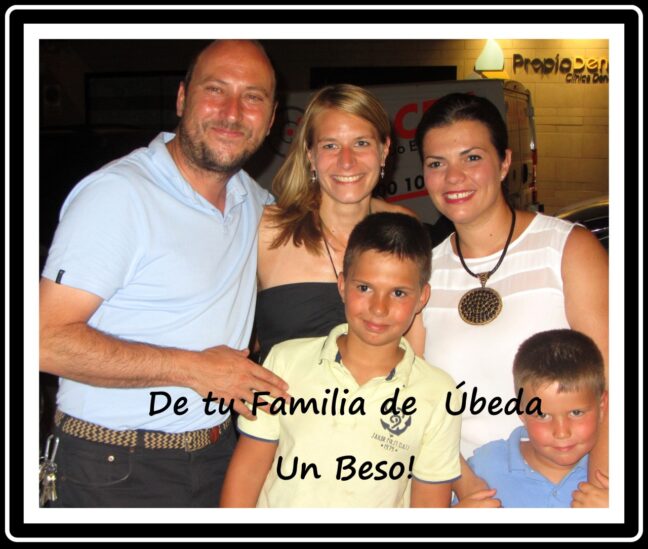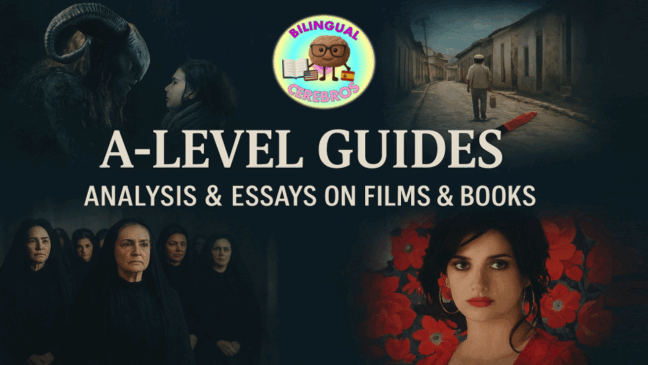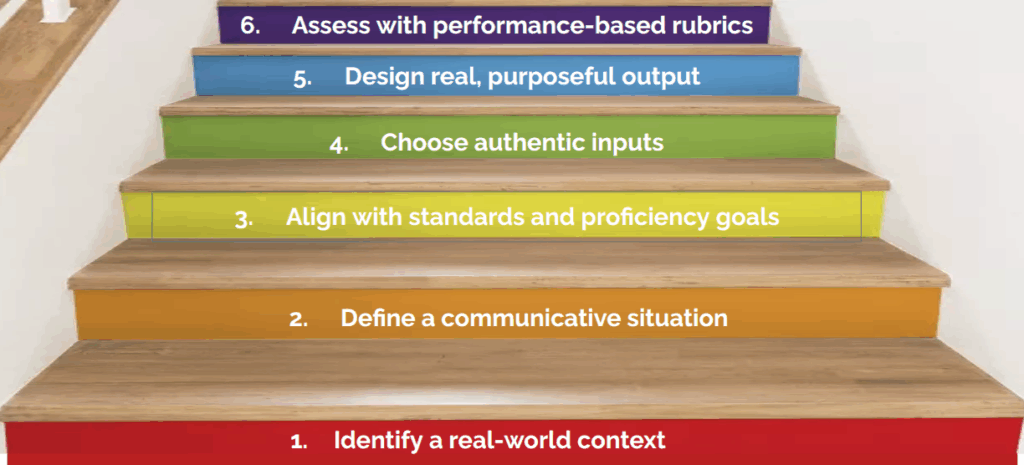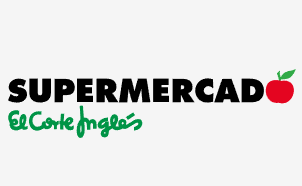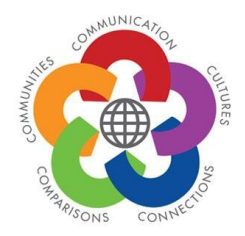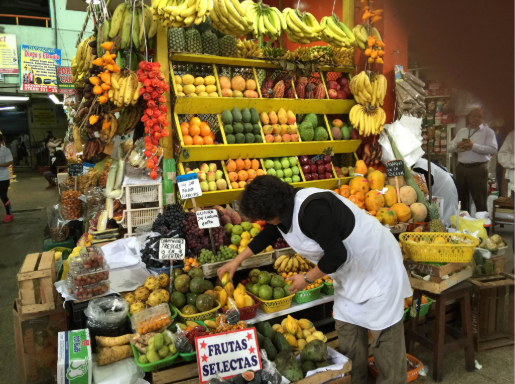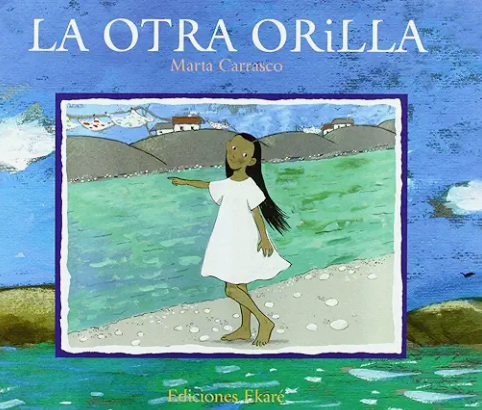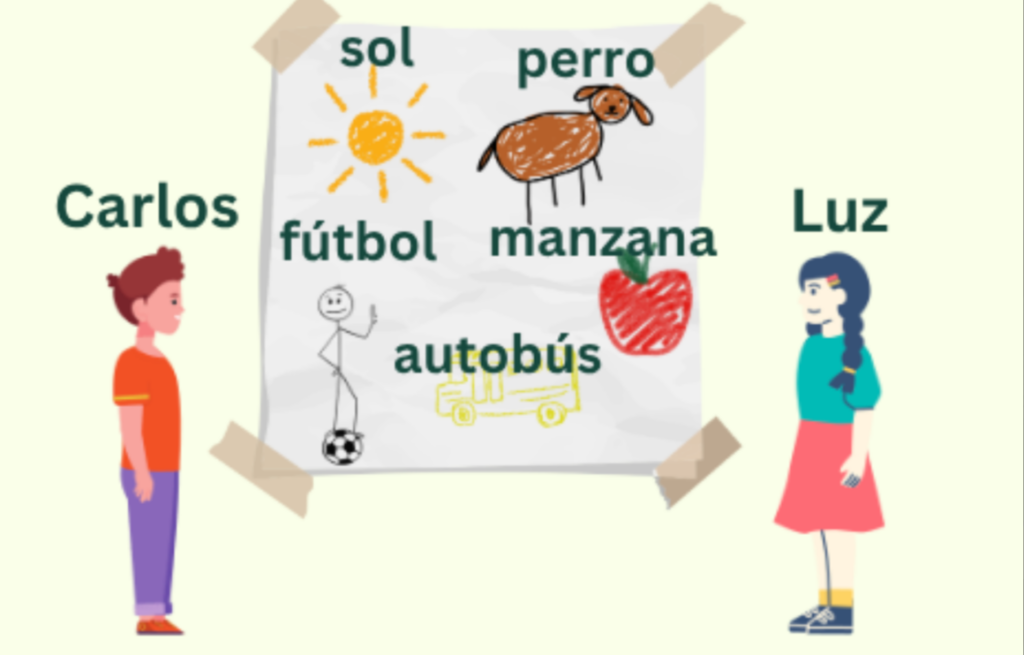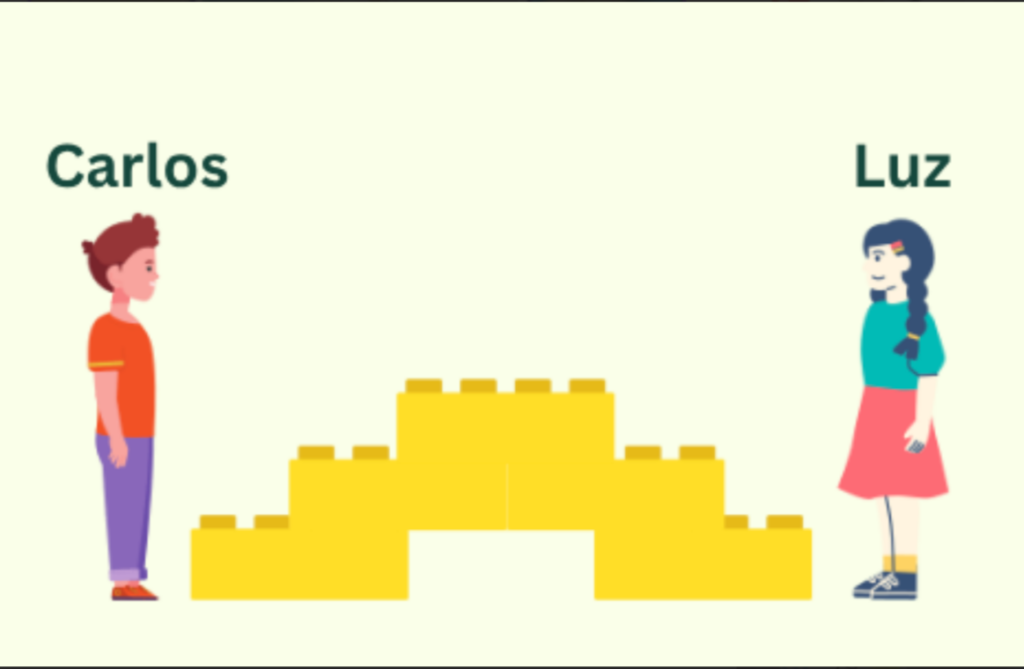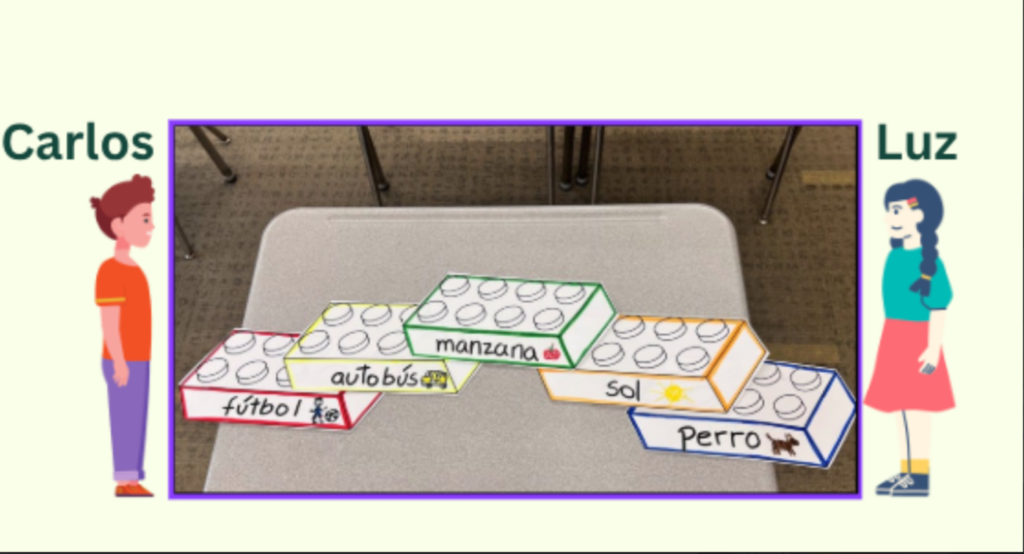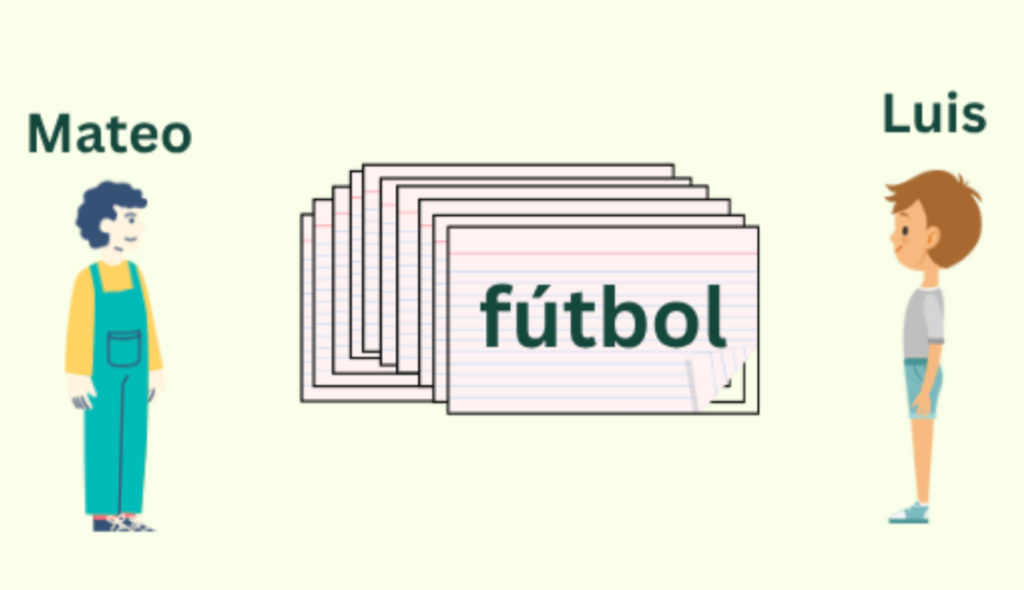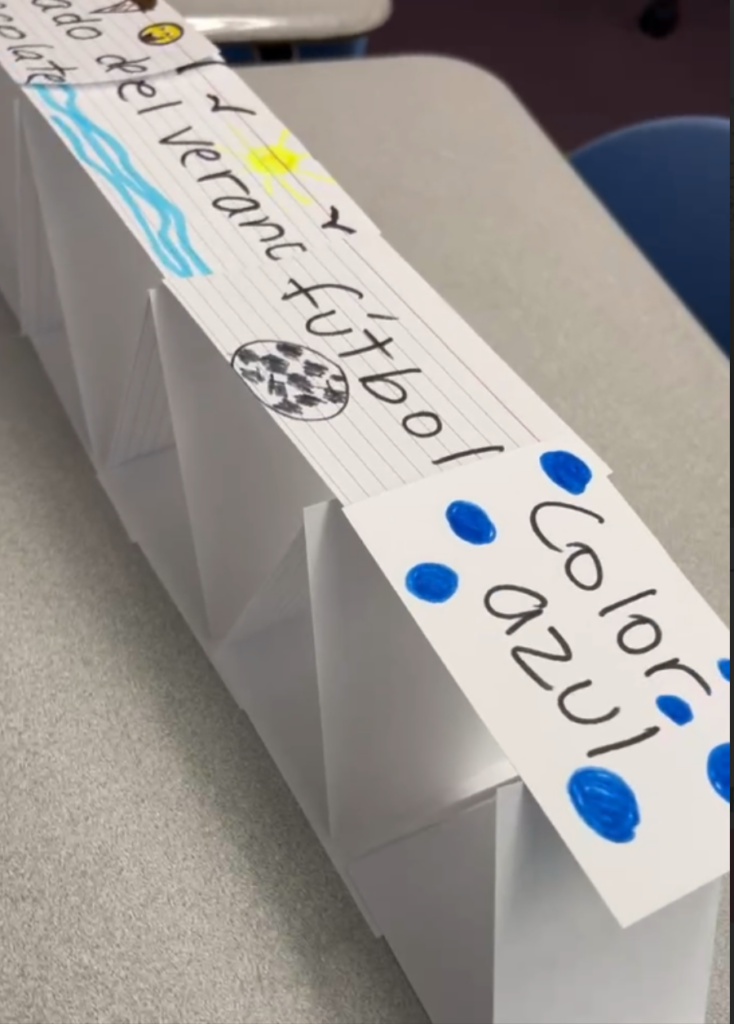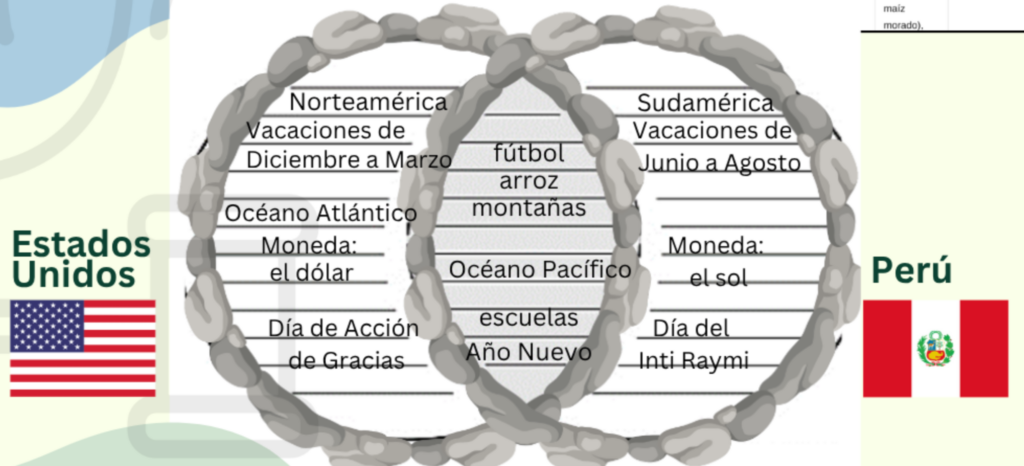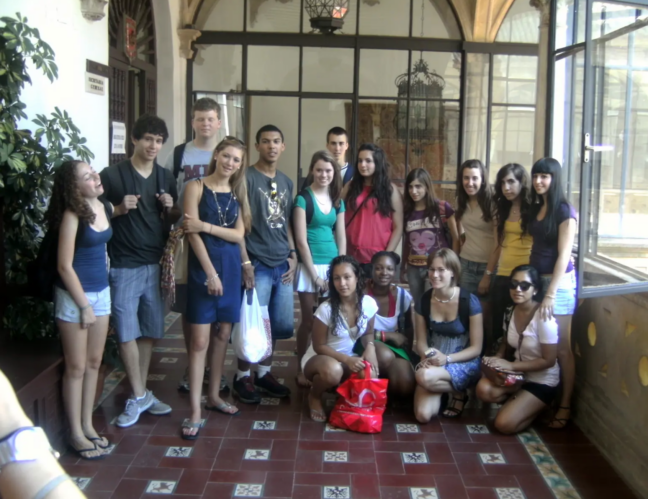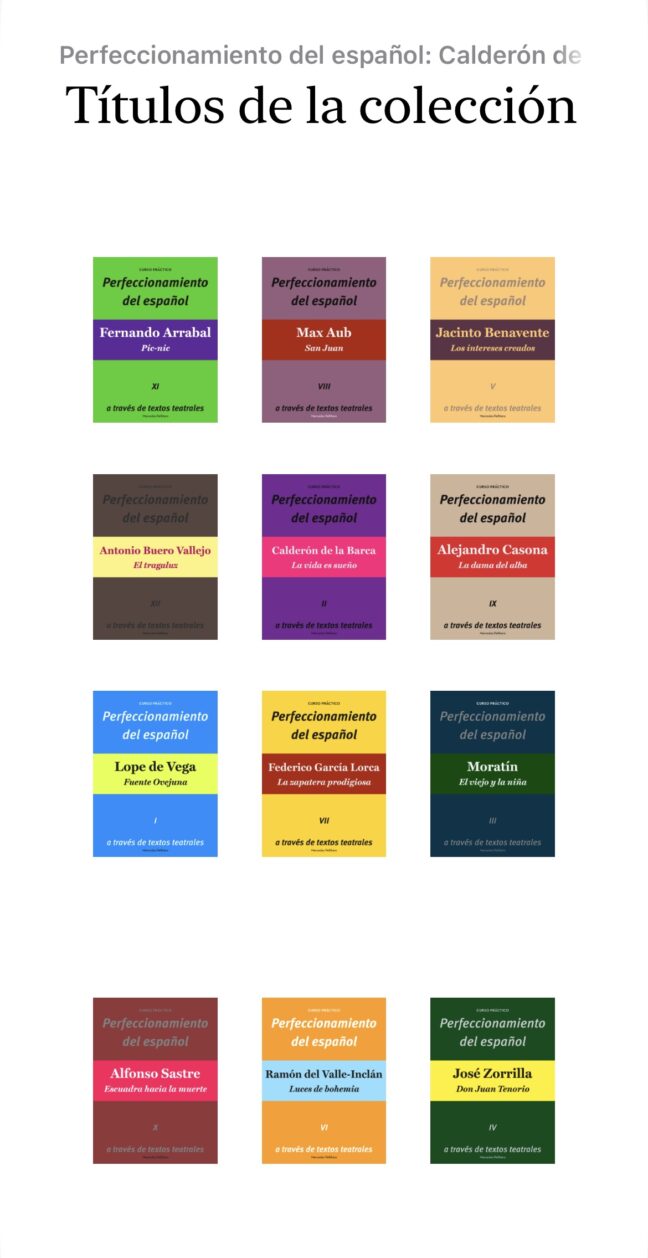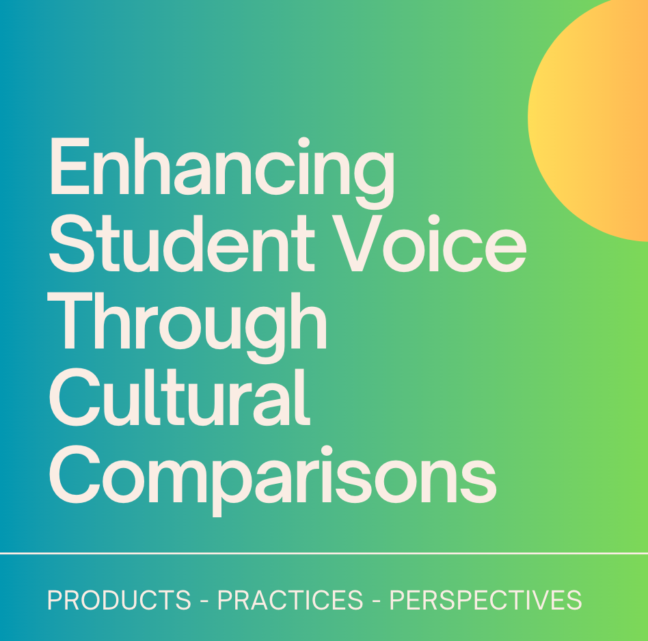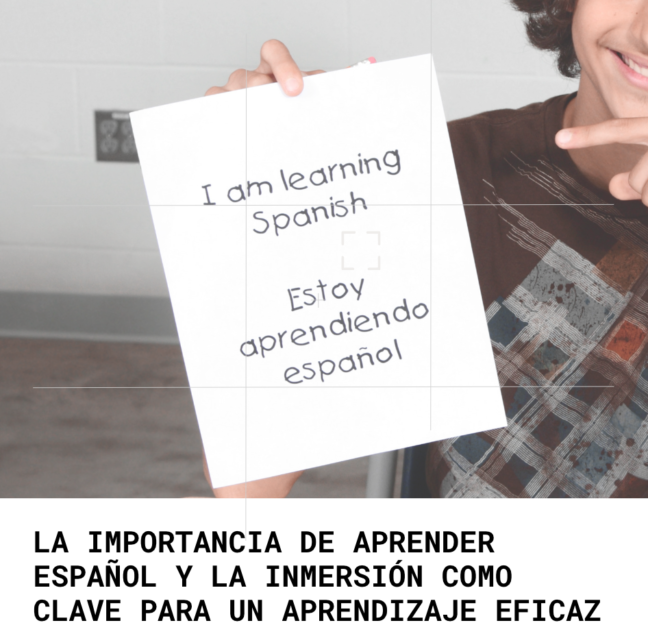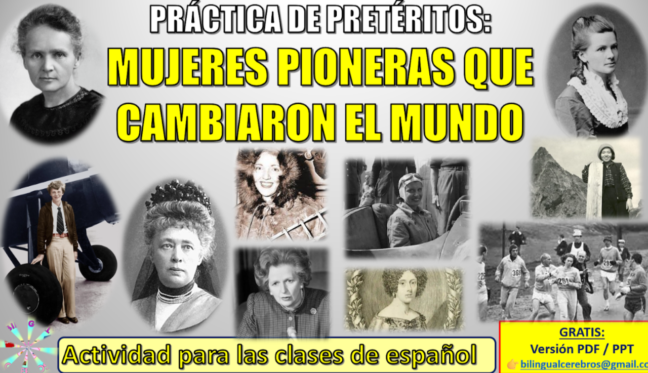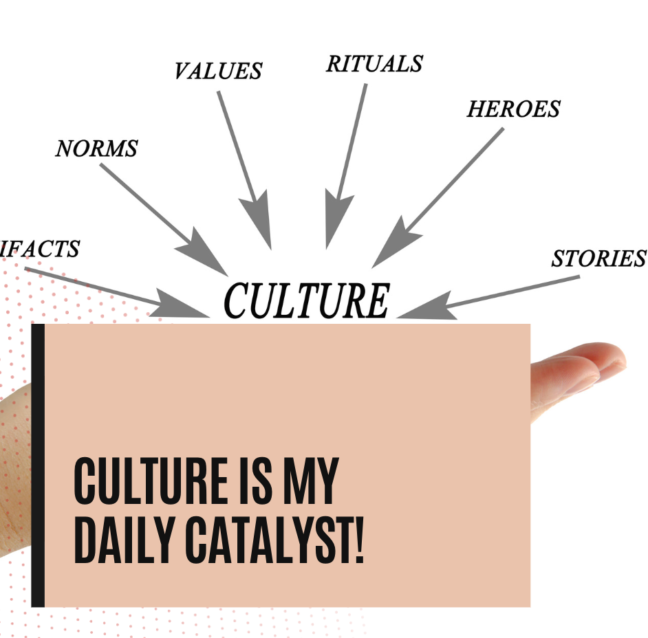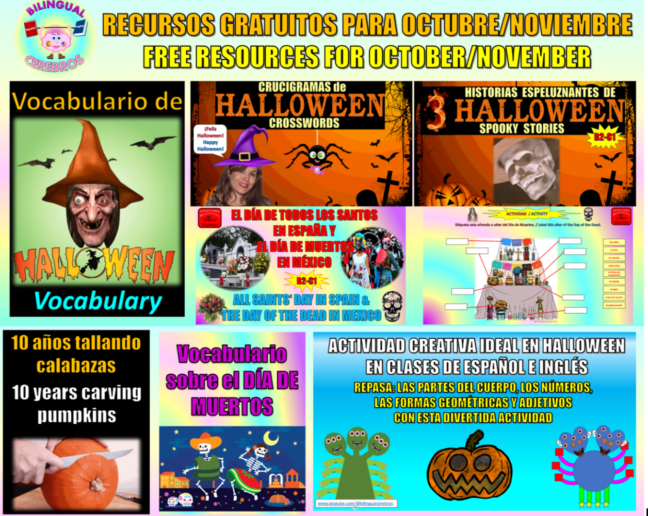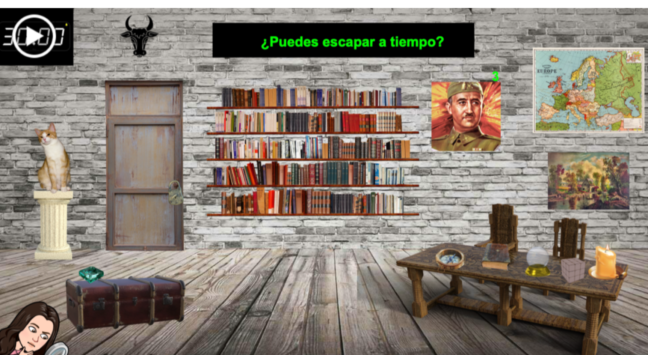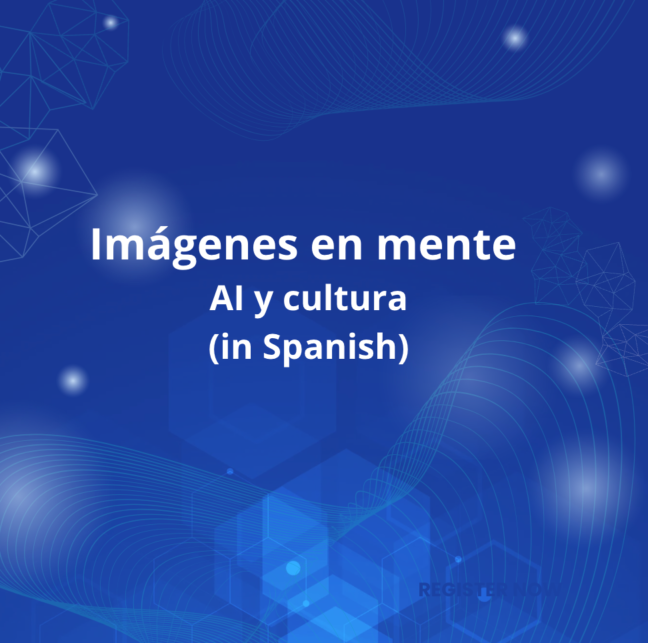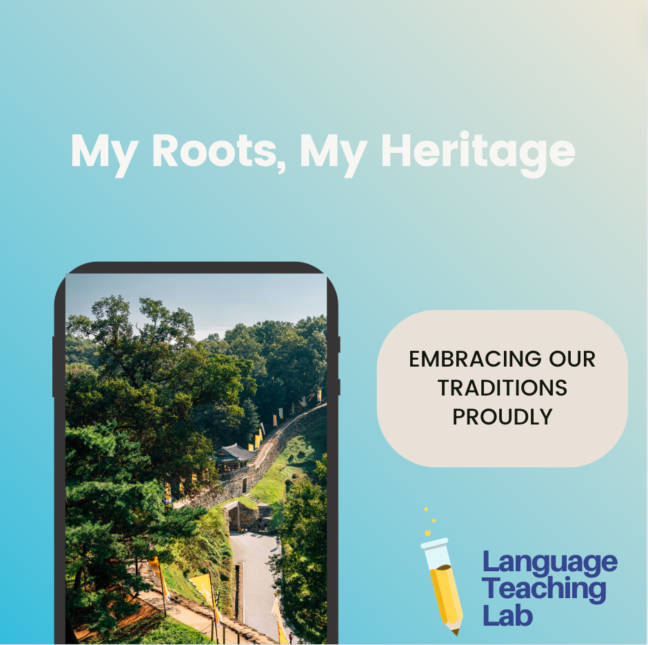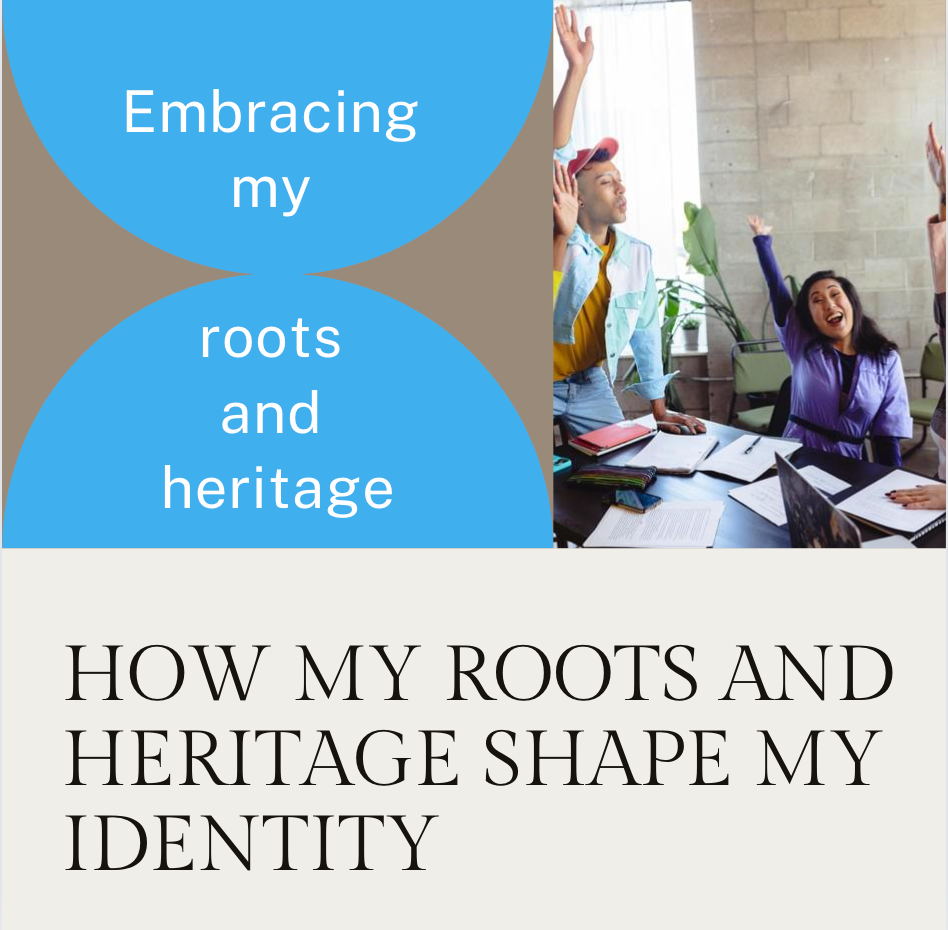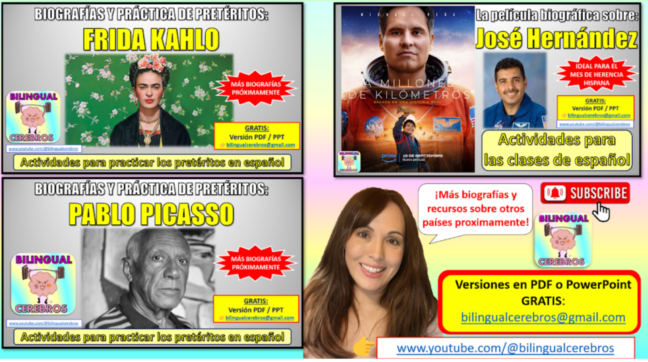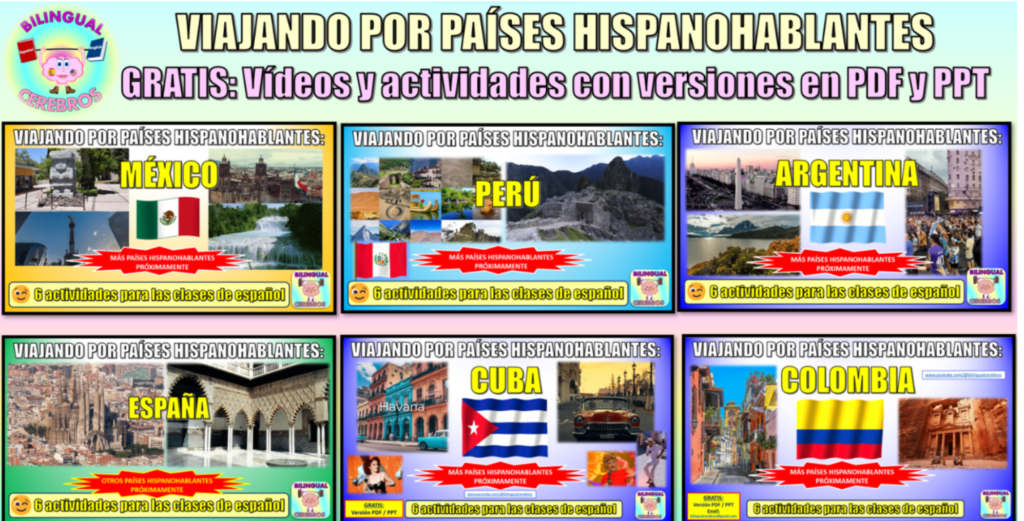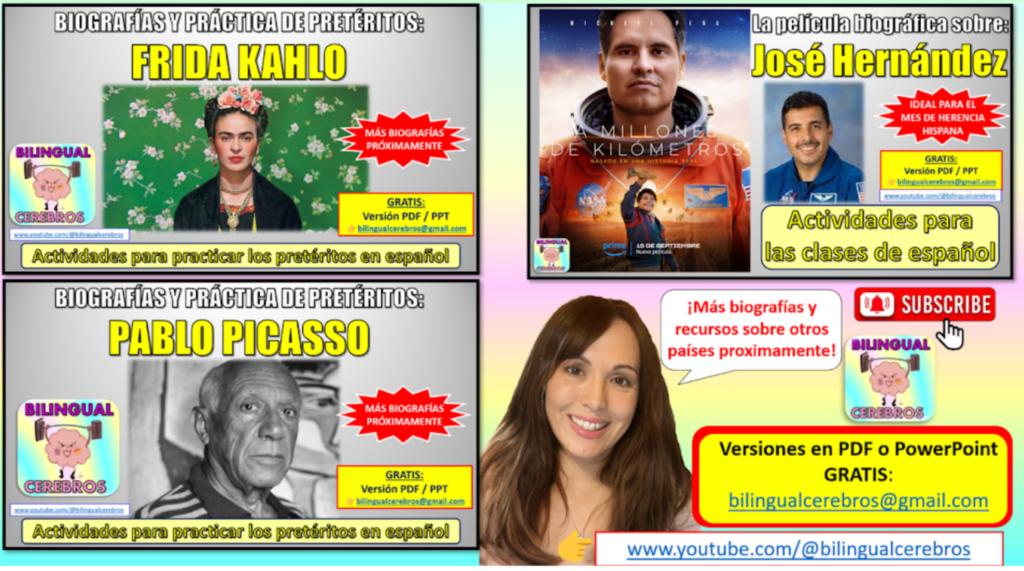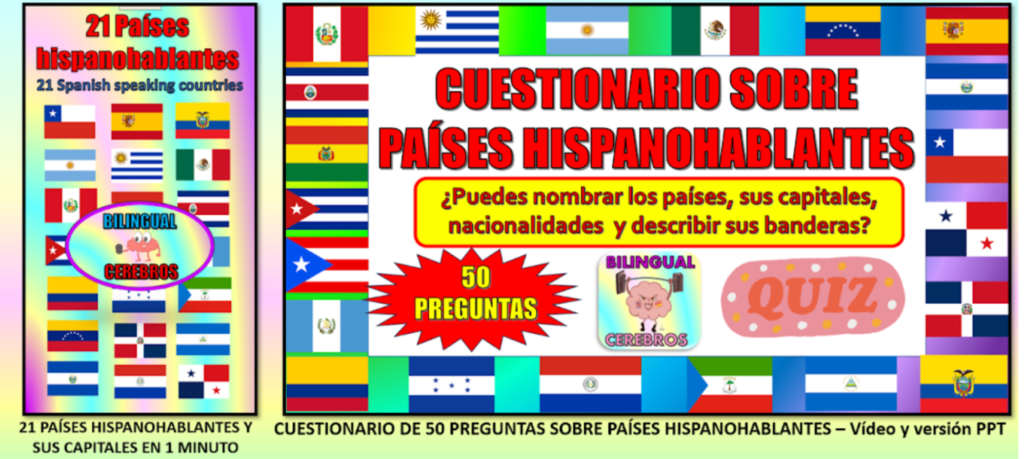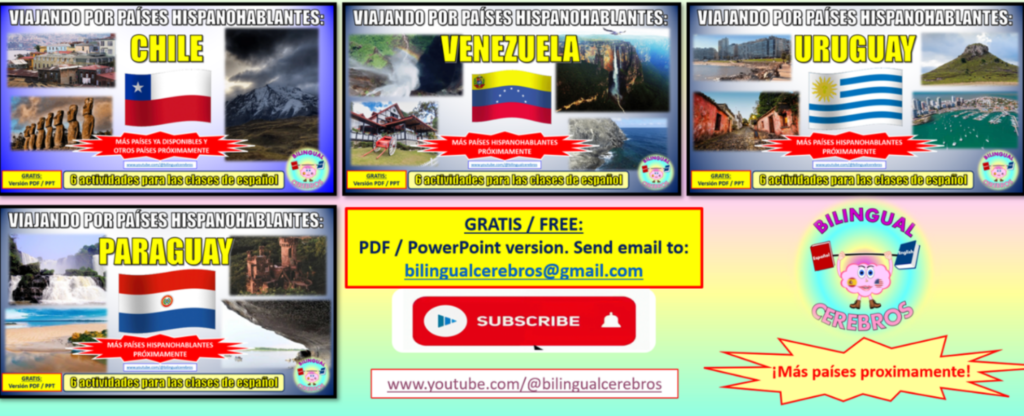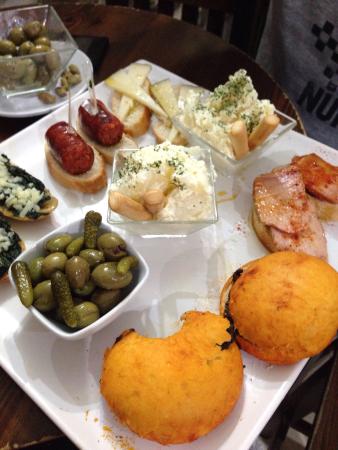by Alonso Cano (LTL Contributor)
For many language learners, one of the most immersive and rewarding ways to study is through a homestay programme. This type of experience allows students to live with a host family while attending language classes or cultural activities. While the benefits are often significant, it is also important to consider the potential challenges before deciding if a homestay is the right choice.
Advantages of Homestay Programmes
Total Immersion in the Language
Living with a host family offers a unique opportunity to practice the target language in authentic, everyday contexts. Unlike the classroom, where interactions may be limited, homestays encourage constant communication—while at the dinner table, during family outings, or in casual conversations. This accelerates fluency and helps learners internalize vocabulary, idioms, and cultural references.
Cultural Integration in Homestay Programmes
A homestay provides more than language practice—it is also a cultural journey. Students gain first-hand experience of local traditions, food, customs, and ways of life that cannot be learned from a textbook. This cultural understanding deepens the learning process and fosters greater intercultural awareness.
Personalized Support and Comfort
Host families often act as mentors, offering guidance, encouragement, and support. For younger students especially, the homestay environment provides a sense of security and belonging, reducing the stress that can come with studying abroad. Families can also adapt to individual needs, helping students feel more at home.
Development of Soft Skills
By navigating life in a another country, learners naturally develop independence, adaptability, problem-solving skills, and confidence. These transferable skills are valuable not only for academic success but also for future professional and personal growth.
Disadvantages of Homestay Programmes
Possible Cultural and Lifestyle Differences
Living in a new cultural environment can be challenging. Differences in food, daily routines, household rules, or communication styles may cause misunderstandings or discomfort. Some students may find it difficult to adapt quickly to these changes.
Limited Privacy of Homestay Programmes
Staying with a host family often means sharing spaces, following household norms, and having less personal freedom than in independent accommodation. Students who value privacy or autonomy may find this aspect challenging.
Dependence on the Host Family’s Involvement
Not all host families are equally engaging or communicative. Some may provide fewer opportunities for interaction, which can limit the benefits of immersion. The quality of the experience often depends on the motivation and personality of both the family and the student.
Adjustment Period
For some learners, the initial adaptation period can be stressful. Homesickness, cultural shock, or the effort of speaking a new language all day may feel overwhelming at first, though these challenges usually decrease over time.
Conclusion
Homestay programmes remain one of the most effective ways to learn a language, combining academic study with cultural immersion and daily practice. While they may present certain challenges—such as lifestyle adjustments and reduced independence—the advantages often outweigh the disadvantages. Students not only improve their language skills at a faster pace but also gain a deeper cultural understanding and life experience that can shape their future.
Ultimately, the success of a homestay experience depends on the student’s openness, adaptability, and willingness to embrace both the rewards and the challenges of living in a new environment. For those ready to immerse themselves fully, homestay programmes can be a transformative step in their language-learning journey.
